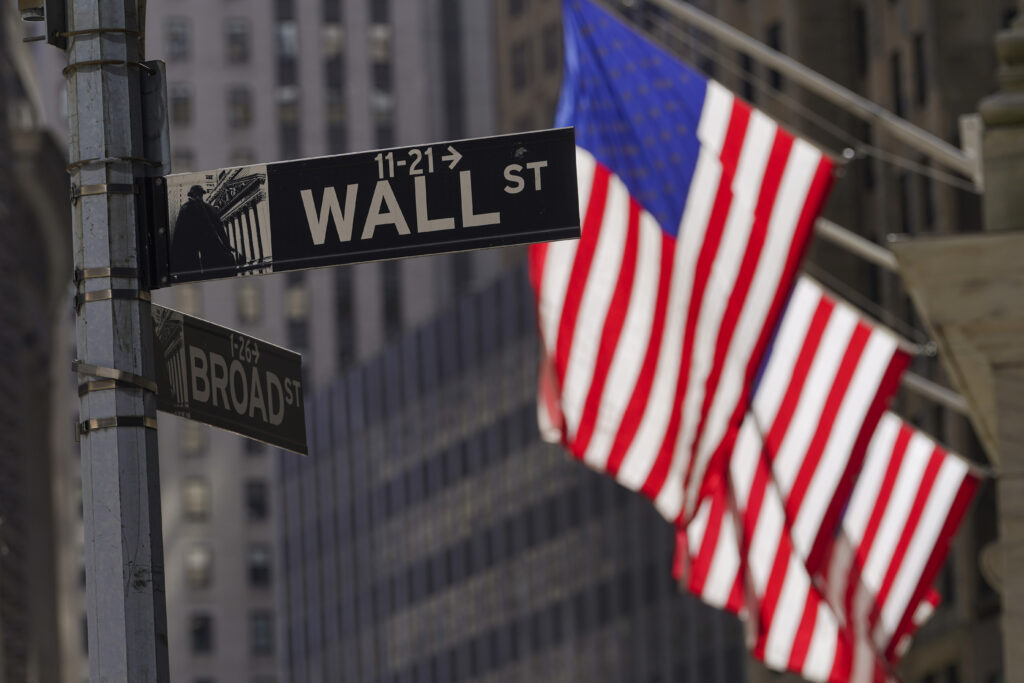Stocks slump after Jobs data, Recession fears
Newslooks- NEW YORK (AP)
Good news on the economy is still bad news for Wall Street, and stocks are falling Friday on worries a still-strong U.S jobs market may actually make a recession more likely.
The S&P 500 was 2% lower in early trading after the government said employers hired more workers last month than economists expected. Wall Street is worried the Federal Reserve could see that as proof the economy hasn’t slowed enough yet to get inflation under control. That could clear the way for the Fed to continue hiking interest rates aggressively, something that risks causing a recession if done too severely.
“The employment situation is still good and that might be a little frustrating to the Fed,” said Brian Jacobsen, senior investment strategist at Allspring Global Investments. “The Fed thinks we need more people unemployed in order to make sure inflation comes down and stays down.”
The Dow Jones Industrial Average was down 458 points, or 1.5%, at 29.468, as of 9:55 a.m. Eastern time, and the Nasdaq composite was 2.6% lower. The drops marked a return to form for stocks, which have been mostly falling all year on worries about high inflation, higher interest rates and the possibility of a recession.
They had recovered a bit early this week in a powerful but short-lived rally after some investors squinted hard enough at some weaker-than-expected data on the economy to suggest the Fed may take it easier on rate hikes. But Friday’s jobs report may have snuffed out hopes for a “pivot” by the Fed, a pattern that has been repeated several times this year.
Employers added 263,000 jobs last month. That’s a slowdown from the hiring pace of 315,000 in July, but it’s still more than the 250,000 that economists expected.
Also discouraging for investors was that the unemployment rate improved for the wrong reasons. Among people who aren’t working, fewer than usual are actively looking for jobs. That’s a continuation of a longstanding trend that could keep upward pressure on wages and inflation.
Where wages go has a big impact on the Fed, which wants to avoid a cycle where higher workers’ wages lead companies to hike prices for their products more, which leads to higher inflation and even more demands from workers for higher wages.
Friday’s jobs report showed that average wages for workers rose 5% last month from a year earlier. That’s a slowdown from August’s 5.2% growth but still potentially high enough to concern the Fed.
“We are not out of the woods yet, but should be getting closer as the impact of aggressive policy starts to take hold,” said Matt Peron, director of research at Janus Henderson Investors.
Altogether, many investors see the jobs data keeping the Fed on track to hike its key overnight interest rate by three-quarters of a percentage point next month. It would be the fourth such increase, which is triple the usual amount, and bring the rate up to a range of 3.75% to 4% after starting the year at virtually zero.
By hiking interest rates, the Fed is hoping to slow the economy and jobs market. That hopefully will starve inflation of the purchases needed to keep prices rising even further. It’s already seen some effects, as higher mortgage rates have hurt the housing industry in particular. The risk is that if the Fed goes too far, it could squeeze the economy into a recession. In the meantime, higher rates push down on prices for stocks, cryptocurrencies and all kinds of other investments.
Treasury yields rose immediately after the jobs report’s release, though they wobbled a bit afterward. The yield on the 10-year Treasury, which helps set rates for mortgages and other loans, climbed to 3.89% from 3.83% late Thursday.
The two-year yield, which more closely tracks expectations for Fed action, rose to 4.30% from 4.26%.
Crude oil, meanwhile, continued its sharp climb and is heading for its biggest weekly gain since March. Benchmark U.S. crude rose 1.2% to $89.50 per barrel. Brent crude, the international standard, rose 1.2% to $95.54.
They’ve shot higher because big oil-producing countries have pledged to cut production in order to keep prices up. That should keep the pressure up on inflation, which is still near a four-decade high but hopefully moderating.
The next monthly update on U.S. inflation arrives on Thursday. That’s the next piece of major economic news that could alter the Fed’s thinking on interest rates before its upcoming Nov. 2 decision.







